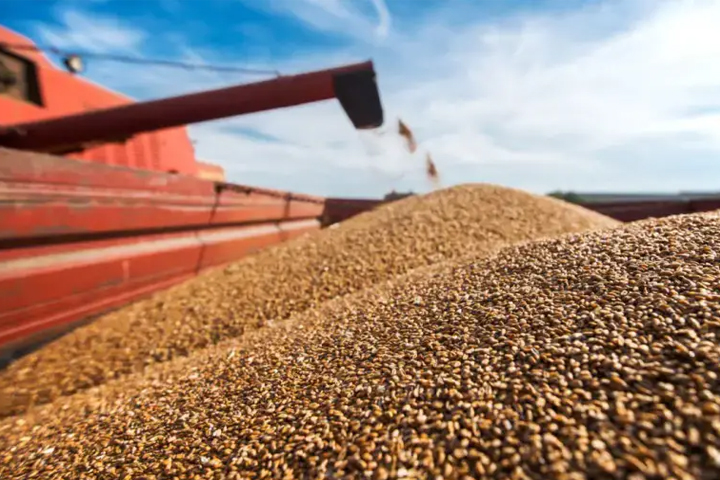(2 minutes read)
According to the United Nations’ Food and Agriculture Organization’s Quarterly report, aggregate cereal production in North Africa dropped by 10% below the region’s previous five-year average. Morocco recorded the sharpest decline in North Africa in 2022, as per the report.
According to the United Nations’ Food and Agriculture Organization’s Quarterly report, aggregate cereal production in North Africa dropped by 10% below the region’s previous five-year average. Morocco recorded the sharpest decline in North Africa in 2022, as per the report.
North Africa’s output for 2022 is estimated at 33 million tonnes, while Morocco’s output was estimated at nearly 3.3 million tonnes, a sharp 60% fall from the average. The decline in output was attributed to the drought that the country experienced in 2022. Morocco’s rain-fed agriculture was severely impacted due to the worst drought in decades.
The import requirements of the North African region in 2022-23 according to FAO estimate will be around 51 million tonnes in the year to bridge the gap in production. The decline in output has led to soaring food inflation in the region with Libya being the sole exception.
In Morocco, annual food inflation rose by 10% by June 2022 and hit 15.5% in December 2022. Egypt experienced a staggering inflation of 48% by January 2023.
Read Also;
https://trendsnafrica.com/moroccos-inflation-at-8-9-puts-essentials-beyond-reach-of-common-man/
https://trendsnafrica.com/inflation-and-currency-depreciation-take-sheen-off-egypts-growth-story/
The FAO report notes that any substantial improvement in cereal and wheat crops in 2023 depends on the weather conditions throughout the rest of the year





